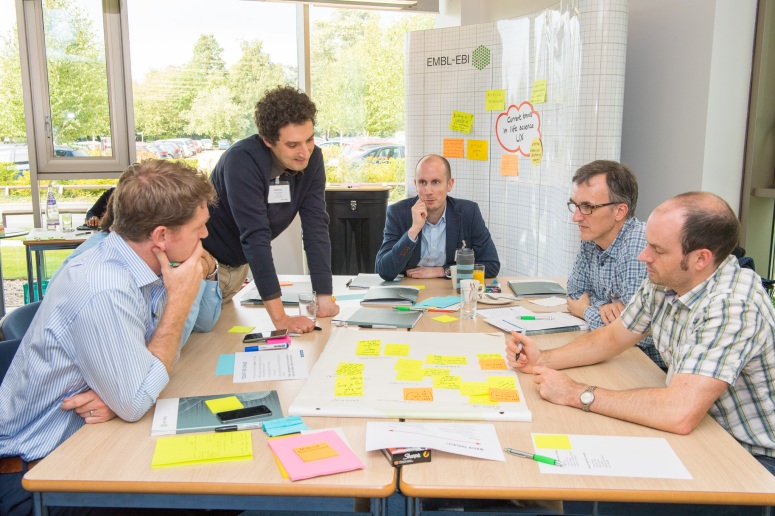
This week saw the launch of a new toolkit for User Experience in Life Sciences (UXLS) comprising UX case studies, methods, and metrics (see the press release Feb 13). This toolkit is truly pioneering because it is tailored to support healthcare, diagnostics and life-science companies in designing better, more intuitive digital products to accelerate their R&D.
Since the UX toolkit is designed by practitioners already working in R&D life science, it reflects their collective wisdom and real day-to-day experience of operating in this challenging industry. Indeed, the project was formed by members of the Pistoia Alliance who recognised the unmet need for UX design in their own life science organisations (project champion Till Dettmering being the first to propose it).
In general, it is recognised that the life science sector has been slower to adopt UX research and design compared with other industries, such as finance and retail (a fact that I highlighted in a Drug Discovery World article last year). So the timing is ripe for proactive steps to be taken to help the “UX Team of One”, or the small, newly-established UX team in R&D to get greater traction in their organisations.
The aim of the toolkit is to provide the evidence and approaches you will need to get started in UX design for scientific software. It can also be very useful if you already have UX skills, but need insight in to how to apply your approach in life science R&D. Specifically, it contains:
- a ‘how-to’ guide that helps R&D businesses adopt UX principles and methods as they develop scientific software
- six case studies from life science organisations including Novartis, Amgen, and AstraZeneca
- 10 UX methods
From my experience, one of the biggest challenges for UX designers in science companies is persuading senior management and other stakeholders to invest time and attention in user experience work. This toolkit provides the materials you will need to create this kind of engagement. By using the case studies and principles you will be able to persuade others of the value of UX, and will reap the benefits of this labour of love – which was created by a team of passionate people who worked on it pro bono for over a year, enabled by two rounds of investment by Pistoia Alliance member companies and project-managed by UX domain expert, Paula de Matos.
Sounds interesting? How you can find out more
- Attend the UXLS conference to discuss the next stage of the Pistoia Alliance’s User Experience for Life Sciences project, hosted by Novartis. It’s taking place on 14-15 May 2018 in Boston, USA, at the Novartis Institutes for BioMedical Research (NIBR). The keynote speaker will be Pat Keller, Global Head of User Experience at NIBR. The format will be talks followed by several ‘hands-on’ UX workshops. Registration is open now: http://www.pistoiaalliance.org/eventdetails/user-experience-life-science-conference/.
- Try out the toolkit and find out more about the UXLS project at http://uxls.org and http://www.pistoiaalliance.org/projects/uxls/
- Read more about how to successfully apply UX design in drug discovery in our latest articles: “Designing an intuitive web application for drug discovery scientists” (in Drug Discovery Today, 2018) and “UX design: maximising the value of scientific software in life science R&D” (in Drug Discovery World, 2017)